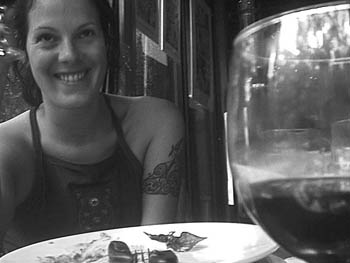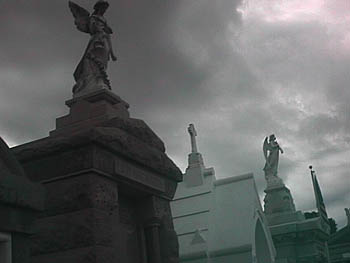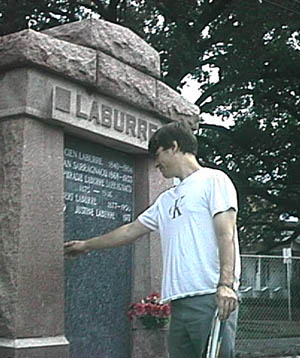Oktoberfest with the all-white German people in their wood-paneled Valhalla.

Kim at Café Degas drinking expensive wine.

The spooky graveyard.

Somehow Kim gets my camera to work in the graveyard. Yes, that's a Calvin Klein tee shirt.

More from a city of the dead.